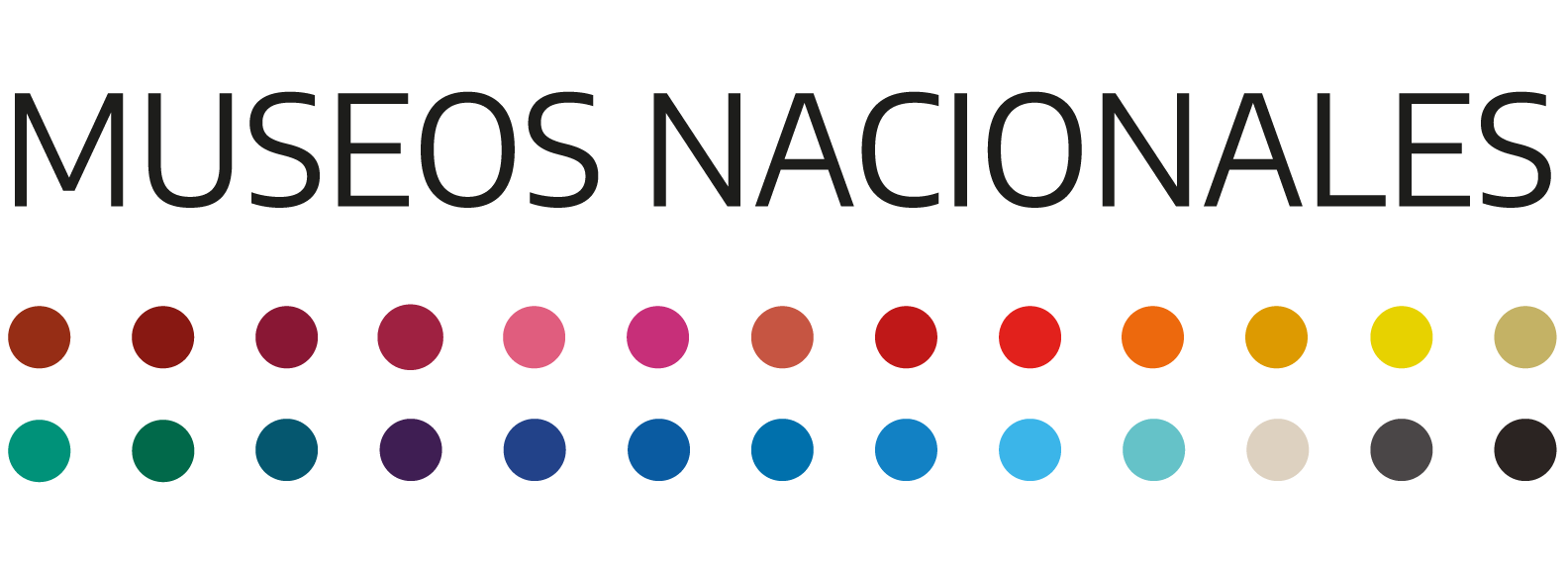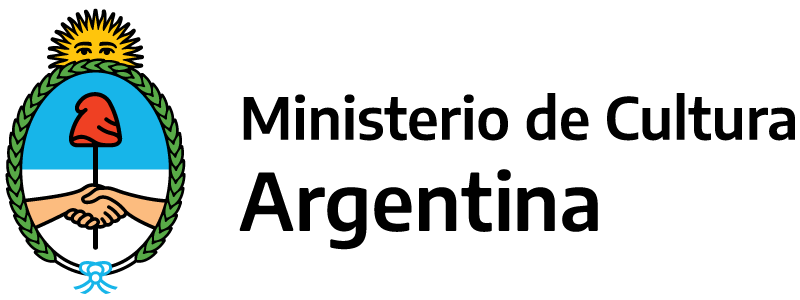1. Pedro Echagüe
Having been exiled to Montevideo in 1839 for opposing Rosas, Echagüe went into exile again after the defeat of Lavalle's "Liberating Army". During that time he developed a literary and journalistic career.
2. The Ramos Mejía brothers
Landowning brothers Francisco, Matías and Ezequiel Ramos Mejía participated in the Libres del Sur uprising against Rosas in 1839. After the repression by Rosas, they joined Lavalle's troops. Francisco died in 1840 and therefore could not not have been present at the scene depicted. According to some sources, Matías's poncho was used as a shroud to carry Lavalle's body.
3. Cayetano Artayeta
4. Pursuers
The men in the rear fight against a group of pursuers dressed in federal red. The army under Oribe's command, sent by Rosas against the coalition of the northern provinces that confronted him, was particularly cruel in its repression and punishment of the defeated, in a war characterised by atrocious deeds. Not even when Lavalle was dead did they cease their chase – they sought to get his head.
5. Lavalle's corpse
A front line of approximately eighty men guard Lavalle's body, covered by a flag and carried on horseback.
6. Alejandro Danel
A military man who served in the Napoleonic army. After Napoleon's fall, he was recruited by Bernardino Rivadavia to share expertise with the troops in the River Plate. He then fought against Rosas under General Lavalle's orders. He was in charge of excarnating Lavalle's corpse. In his memoirs Danel states that he used only a knife, a piece of leather and brine to that end.
7. Félix Frías
A member of the so-called Generation of '37, Frías went into exile in Montevideo in 1839 and returned to participate in Lavalle's campaign as his personal secretary. Later on he was one of the main promoters of Catholicism in the political sphere and placed the Church at the centre of the projects for the formation of the Nation.
8. Juan Andrés del Campo
9. Carmelo García
10. Mariano Artayeta
11. Juan Esteban Pedernera
One of Lavalle's chief officers, he commanded the cavalry divisions during the Battle of Famaillá, his last defeat in his failed attempt to oust Rosas. On his return from exile, Pedernera became vice-president of the Argentine Confederation and in 1861, after Derqui's resignation, he held the presidency for a few days.
12. Isaías de Elía
—-----
- The scene in the painting was used in Ernesto Sabato's novel Sobre héroes y tumbas (On Heroes and Tombs) and also in the ballad "Romance de la muerte de Juan Lavalle" by Sabato (lyrics) and Eduardo Falú (music).
- Lavalle's excarnated bones were placed in a box filled with sand and carried to Potosí, Bolivia, and later to to Valparaíso, Chile, where they remained until 1861, when they were repatriated by the Argentine government.
Our exhibition Grandes Éxitos (Greatest Hits) features the box where Lavalle's bones were carried to Buenos Aires.
- Our exhibition Tiempo de Provincias (Time for the Provinces) displays various objects linked to this context in general and to the figure of Lavalle in particular. Among them is the shawl which Lavalle was wearing when he was assassinated in Jujuy.





